 Provided below are details about some of the historic churches that you will find in our area of southwest Alabama.
************************************************************************
Provided below are details about some of the historic churches that you will find in our area of southwest Alabama.
************************************************************************

When traveling Highway 41 between Monroeville and Camden, you will pass a very picturesque scene at Franklin that includes several nicely restored bui …

This church is located in Orrville, AL in Dallas County at the intersection of Mill Street South and Academy Street (GPS coordinates 32.30489,-87.2459 …

This is an example of an increasingly rare intact rural church. It has a highly pitched front-facing gable roof, and two sets of double doors. Local t …

The Perdue Hill Union Church at Perdue Hill belongs to the community. The church was built prior to the 1880’s using donated lumber. The pulpit was co …
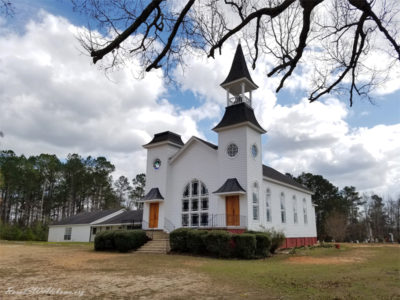
The Philadelphia Baptist congregation was established in 1840. The original church was located approximately two miles east of its present site. Slave …

Founded by circuit riders as the Methodist Episcopal Church South, the first minister was Rev. A Gillis. Several additions have been made to the 1872 …
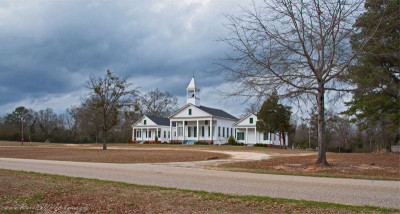
This Baptist congregation was founded in 1840 and the present church sanctuary was built around 1850. Features of this building include a slave galler …

This church is located on a ridge in the hills of northeastern Clarke County. According to church records, the church congregation was organized in 18 …

The Pleasant Hill Presbyterian Church, originally known as Mount Carmel Presbyterian Church, is a historic Greek Revival church located in southeaster …

Prairie Mission, also known as Prairie Institute, was established in 1894 by the Freedmen’s Board of the United Presbyterian Church of North America, …
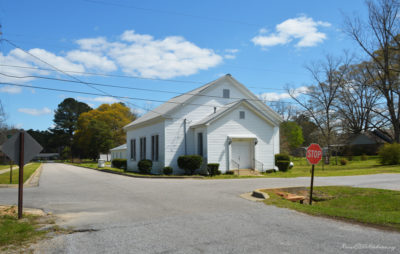
This church was was built circa 1906. It is featured site #37 in the Sumter County, Alabama Historical Points of Interest visitors brochure. This chur …
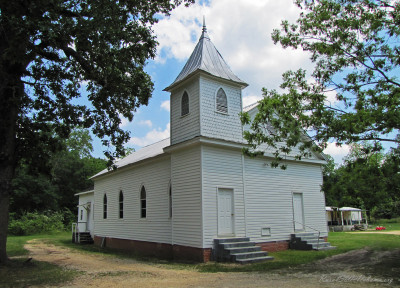
This church was added to the Alabama Register of Landmarks & Heritage (ARLH) on 9/27/07. According to the Alabama Historical Commission’s Preserve …
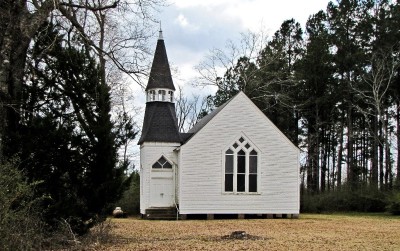
This church building was built around 1910. It is a late Carpenter-gothic derived building with clapboard siding, gable front, and an off-set, recesse …

In 1867, the black members of the Uniontown Methodist Episcopal Church South withdrew and established their own church. For a short time, they met in …
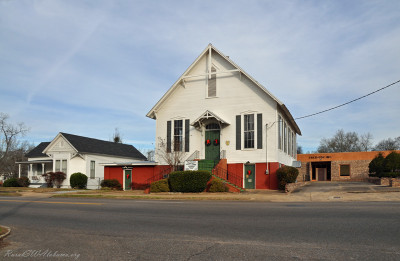
In 1874, Rev. Lewis Johnston, the first African-American to be ordained a Reformed Presbyterian minister, arrived in Selma to preach the Gospel. On Ju …

This church was built circa 1925 by E. E. Jackson Lumber Company. It served as a community church and was used by all denominations until the mill cea …

This is one of the oldest and most historic buildings in Demopolis. It was built in 1843 by the Presbyterians of Demopolis using locally-made bricks. …

This church was built in 1854 at the plantation community of The Fork of Greene located twelve miles southeast of Boligee. The building was consecrat …
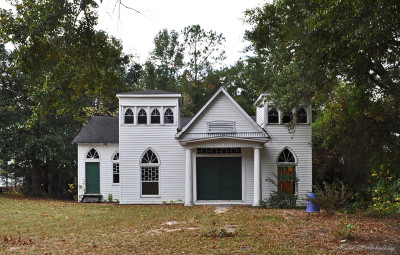
This building was built circa 1923 by Seventh-Day Adventists. They built a new church and sold this one to First United Pentecostals. The building is …

Shown is Shiloh Baptist Church that’s located in the community of Shiloh, AL in south Marengo County (GPS coordinates 32.102003, -87.765748). In front …

The Siloam Baptist Church was established in 1822. During the mid-19th century, it was Alabama’s most influential Baptist congregation and one of the …

Catholicism was first introduced to this region in 1540 by the priests who accompanied Hernando DeSoto. The French Napoleonic exiles of the Vine and O …
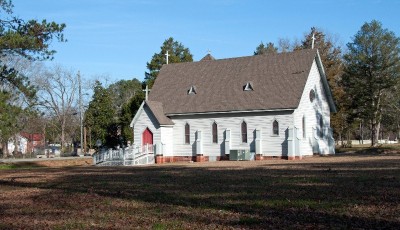
This Gothic style church was built in 1879 by Gainesvilles’ leading late 19th-century builder, Edward N. Kring. In accordance with tradition, the buil …

Episcopalians established a mission in this area in 1834 for settlers coming from the Atlantic Seaboard. St. Andrew’s Church was erected in 1853-1854. …
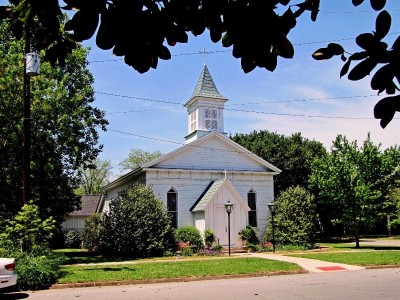
The St. James Episcopal Church was established in 1836. The present church building was built in 1841-1842 and consecrated in 1843 by Leonidas Polk. …

St. John’s-In-The-Prairie, now known as St. John’s Episcopal Church, is a small Gothic-style church that is believed to have been constructed accordin …

Cahaba (also spelled Cahawba), located between Selma and Orrville at the confluence of the Alabama and Cahaba Rivers, was once a thriving antebellum r …

The first Episcopalian minister came to Evergreen in December 1870. This Episcopalian church was built circa 1880. Prior to this, the Episcopalian con …

This parish, established in 1830, is the third oldest in the Alabama diocese. This church was erected in 1840 and consecrated in 1843 by Leonidas Pol …
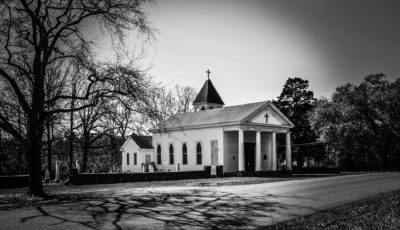
St. Paul’s was built circa 1838 and it originally had a Greek Revival style construction. The church was consecrated in 1844 by Bishop Nicholas Hamner …

St. Paul’s parish was founded in 1838 and consecrated in 1843. The original building was located on the corner of Alabama Avenue and Lauderdale Street …

In 1845, the Anglican minister Rev. John H. Linebaugh organized and taught an Anglican confirmation class in Eutaw. Nine were confirmed in June of 184 …

The Episcopal Church in Marion was established in 1838 under the name of St. Michael’s Parish (not to be confused with the slightly later St. Michael’ …

This Methodist congregation was organized circa 1837. The church absorbed the congregation from nearby Childers Chapel when it burned in 1842. The Met …
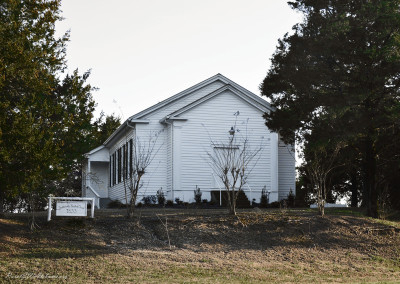
This church traces its beginning to the “Old Primitive Baptist Church” which was the first church organized in the western part of the Sumter County. …

This Jewish temple was completed during December 1899 and dedicated in February 1900. It is a two-story, Romanesque Revival structure with two symmetr …
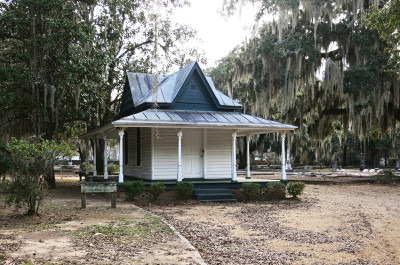
The “Spring House” is located near the Civil War monument in Old Live Oak Cemetery at Selma. This name came from the old practice of having band conce …
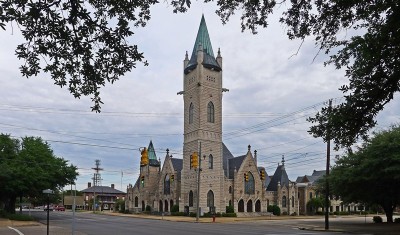
The First Baptist Church of Selma was organized in 1842. The congregation erected their first permanent building in 1850 at the corner of Church Stree …

Shown are pictures of the grave of John A Bell that’s located in the “New” Cemetery at the Old Cahawba Park in Dallas County. On May 23rd, 1856, there …
